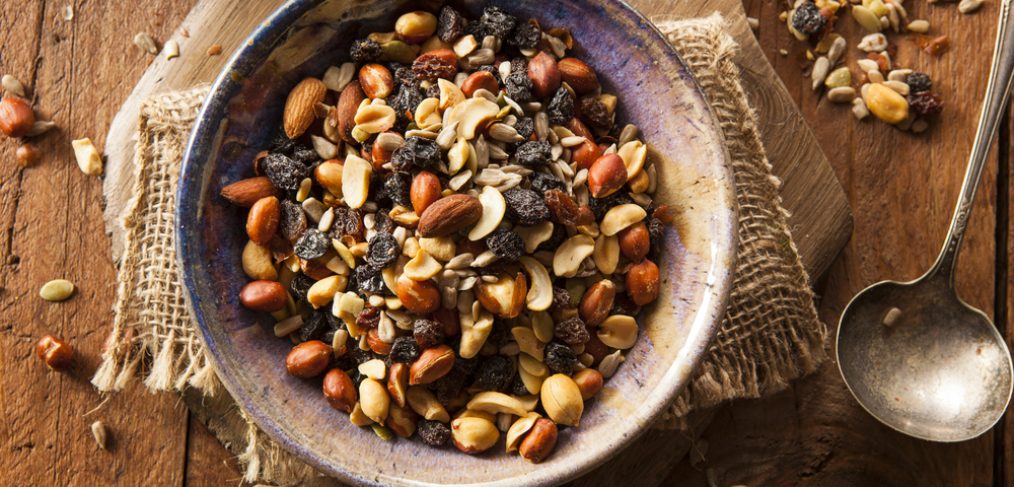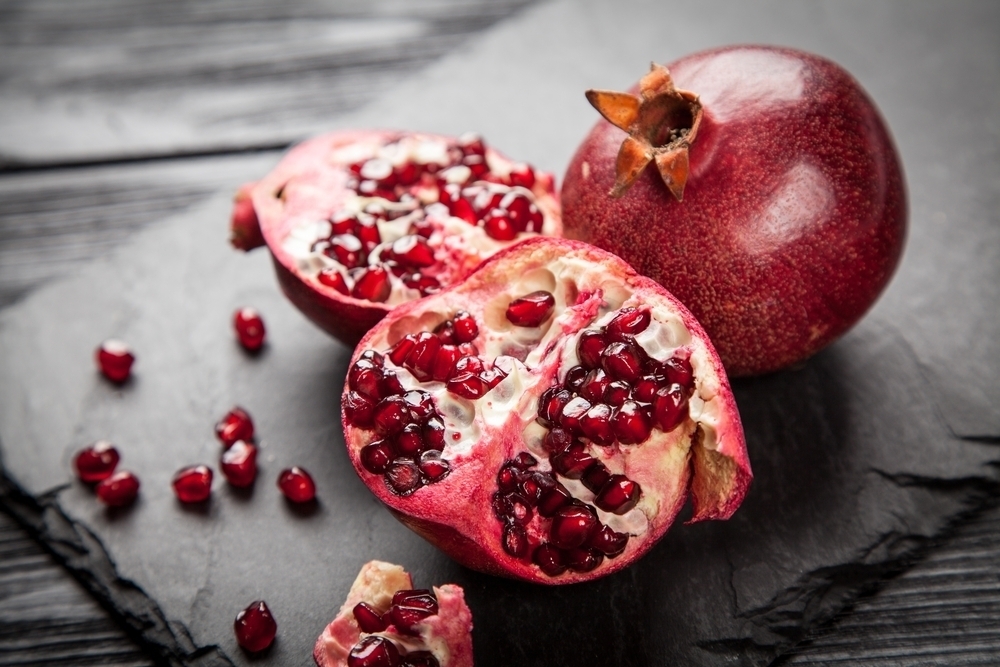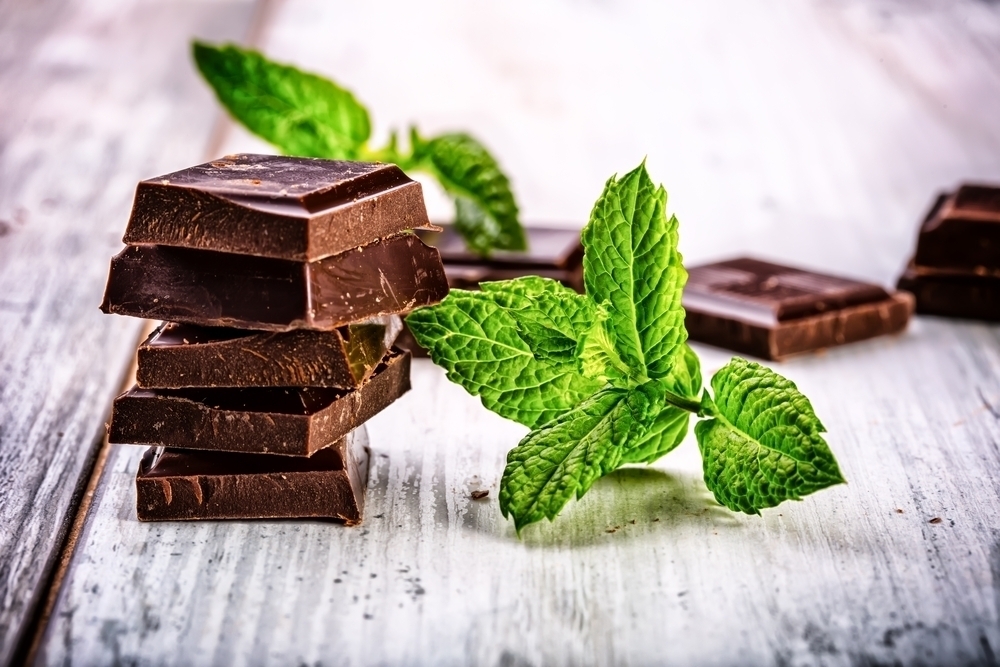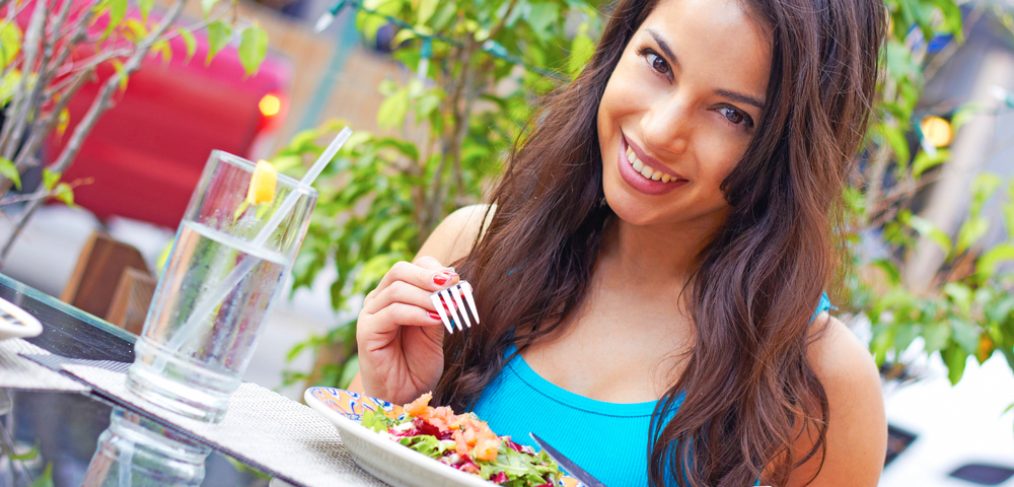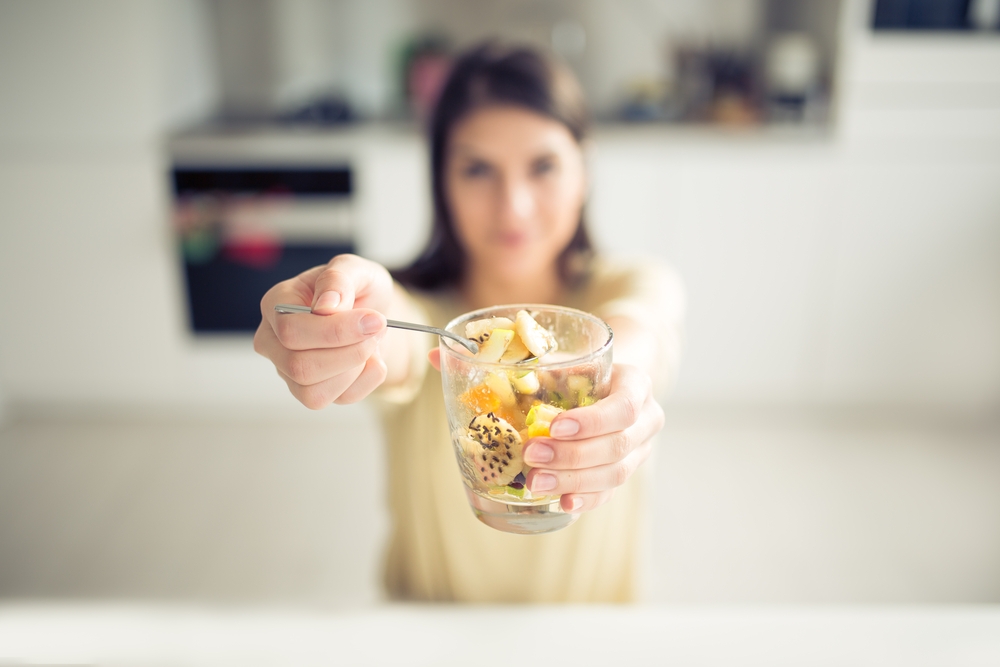Fiber is necessary for a person’s well being. It increases the immune system in the gut, keeps the digestive lining healthy, supports the good probiotic bacteria, and absorbs excess cholesterol, fat, and toxins from our bodies. Here are some ways of increasing the fiber in your diet.
Cereal
Eating whole grain, unsweetened cereal with 4 grams of fiber is the ideal, but some studies show that just any old cereal might do the trick. According to research done by the University of California, cereal eaters eat less fat and more fiber than those who make other breakfast choices.
Two Apples A Day
Keep two doctors away? Apples are a source of pectin. Pectin is a soluble fiber that digests slowly and helps to keep you full. One study showed that just 5 grams of the stuff left people feeling satisfied for four hours.
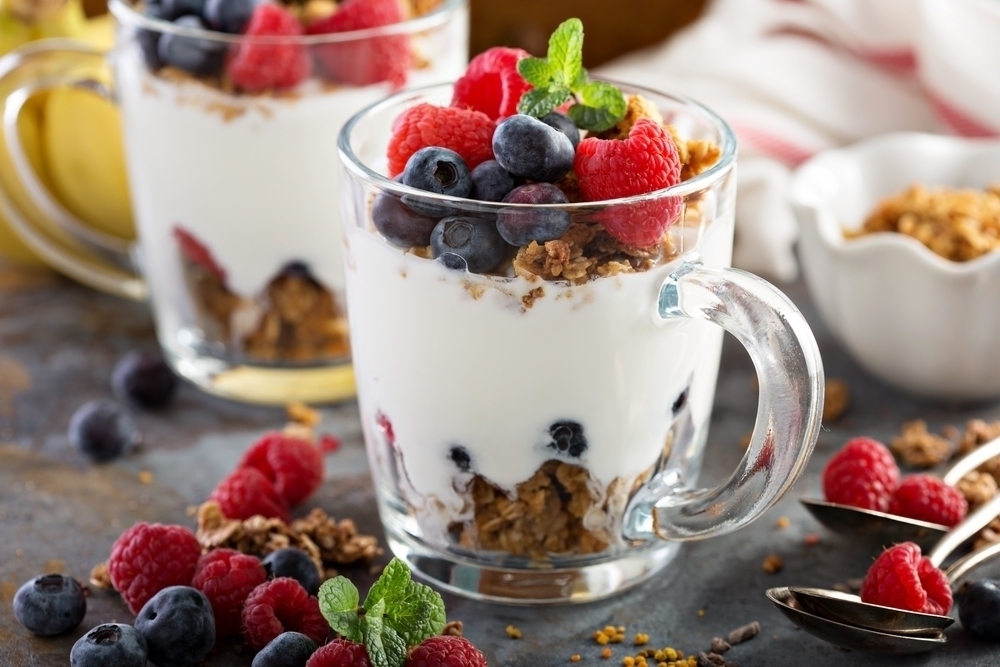
Yogurt Parfait
Here’s a great breakfast idea that’s packed with fiber. Mix one small container of yogurt with 1/3 cup all-bran cereal, 1 tablespoon of ground flaxseed, and 5 diced strawberries. Not only will you get a delicious breakfast, you’ll also get 12.2 grams of fiber, which is almost half your daily allowance.
Carrots and Broccoli in Low -Fat Ranch
Each cup of veggies will give you five grams of fiber. Snack on this three times a week.
Oatmeal
If a bowl of the stuff is not your style, you can use oatmeal instead of bread crumbs on your meatballs and meatloaf, sprinkle it on your ice cream, or bake it into cookies and muffins.
Trail mix
Mix raisins, peanuts, chocolate-covered soy nuts, and high fiber cereal for a great munchie mix. One handful makes for great high fiber between- meals snack.
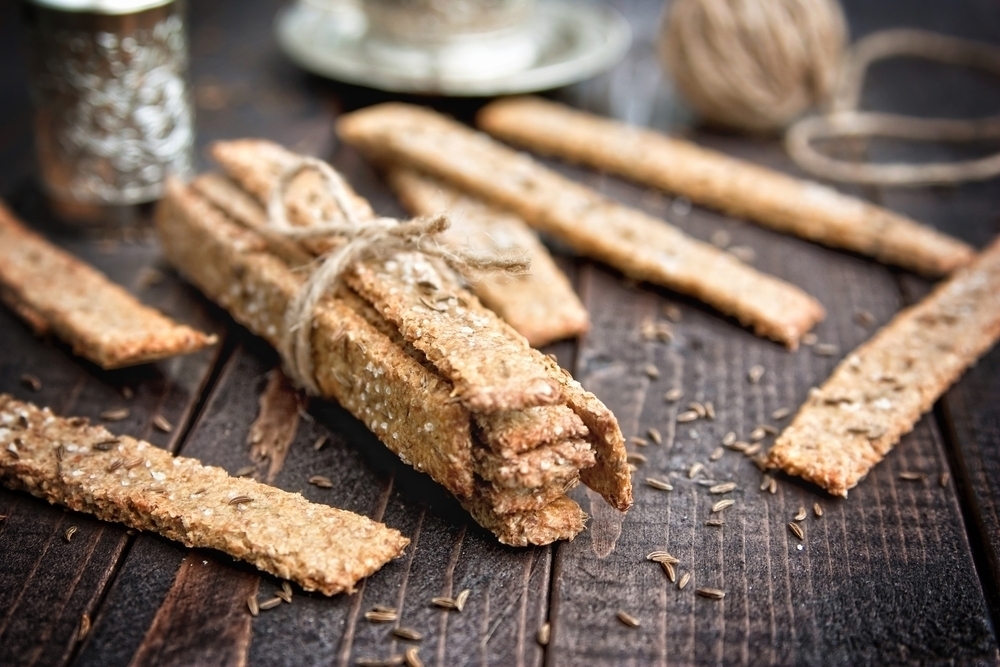
Whole Grain Crackers
A little cracker can go a long way. One whole wheat cracker has 1/2 gram of fiber; do the math and that translates to 5 grams in ten crackers. Next time your looking for something to spread your peanut butter on, look for some whole grain crackers instead of bread.
Kidney Beans and Chickpeas
Lisa Andrews, RD, and nutritionist at the VA Medical Center in Cincinnati, says that you can get an additional 5 grams of fiber by adding a quarter cup of chickpeas and kidney beans to your next salad.
Switch From White to a Brown Foods
Rice is a great example. You can also switch regular pasta to whole wheat along with your corn burritos, white bread and cous cous. Working these into your diet gradually can increase your daily fiber intake by an easy ten grams without making a radical change to your diet.
What are you doing to pump up the fiber in your diet? Let us know!



